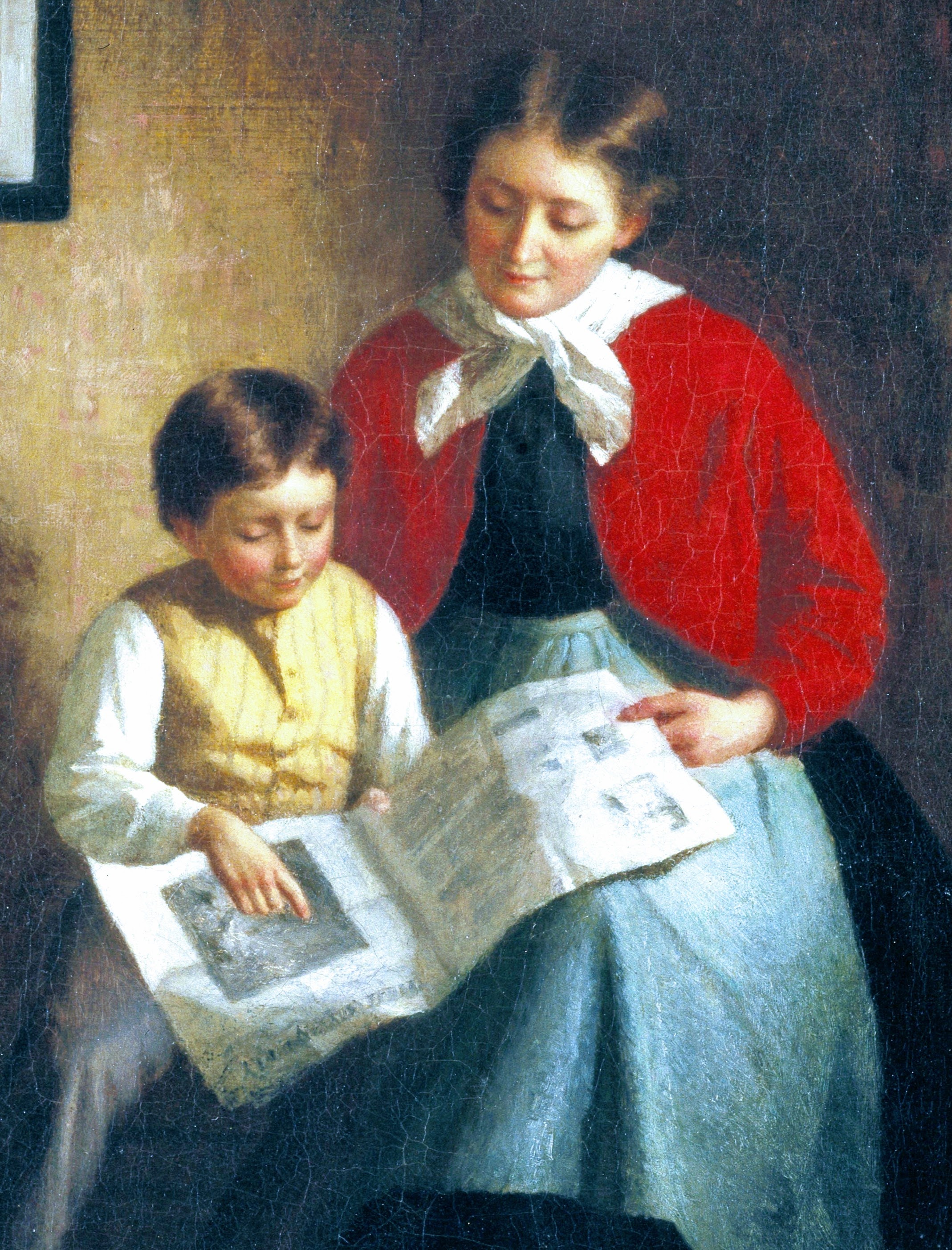Children learn to speak, almost automatically, by listening to people - first, their parents (talking to them and around them) and then by watching and listening to TV programs and movies. They don't, however, learn to read in the same way. Everyone needs to be taught to read, which is a much more difficult enterprise. One big problem with this is that after many decades, educators, parents, and politicians still disagree on the best way to teach and learn the vital skill of reading.
The Tennessee Governor recently submitted a bill that would compel all the state's school districts to rely on phonics for reading - from kindergarten through third grade. More than 30 US states have taken similar measures using phonics instruction. On the other hand, teachers' unions remain resistant, with the backing of some politicians. However, the debate over the best way to learn to read has demonstrated one conclusive answer: "PHONICS."
Through phonics, students learn letters or pairs of letters at a time, which add up to words, through a process called "orthographic mapping." Most Americans learned to read this way. Research has shown that the most effective route to orthographic mapping is to learn to link sounds, letter by letter, to written words. The human brain lights up in the right places when we do it. Knowing the sounds of letters, vowel teams, and consonant blends allows young readers to decode and generate any word.
But the whole language method came into play on the principle of teaching whole words by skipping the letter stage. Instead, students look at sentences and are supposed to learn entire words by logical association - almost magically. In the latest version of the whole-language theory, known as the "three-cueing system," students are encouraged to guess what words mean: Do they make sense? Do they sound right? Do they look right? It's up to the reader to figure out.
Overall, about 40% of students will learn to read without specific phonics instruction, whatever techniques are used. This is probably why the whole-language approach sometimes works. However, research has shown that the kids who struggle most aren't likely to improve and master reading as long they are not taught to sound words out. And using phonics to break down and build words is of prime importance for learners with reading difficulties.
Now the big question is: Why are so many teachers still reluctant to adopt a proven effective system, a.k.a. phonics, preferring to cling to less efficient methods? Actually, many of the educators who support "balanced literacy" (an approach supposed to strike a balance between whole language and phonics) consider phonics to be a boring "drill and kill." They believe children can't thrive if they don't enjoy reading first and that the focus should be on understanding a text without necessarily knowing all the words that comprise it.
Fluent reading requires many skills, such as vocabulary recognition and syntax comprehension, to eventually address more complex concepts like metaphors, irony, genres, and themes. These abilities may come easily to kids growing up in families with well-educated and English-speaking parents. However, the goal is to educate all children, regardless of their family environment. In this sense, phonics is essential. Learning to read starts with being able to sound out, decode, and create any word. This is the surest path to a love of reading.

Picture: The Illustrated Newspaper, by Platt Powell Ryder (Google Art Project - Wikimedia Commons)



